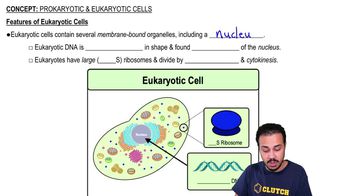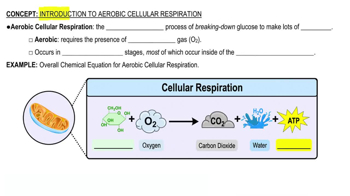Multiple Choice
Which of the following categories best describes the function of the rough endoplasmic reticulum?
1683
views

 Verified step by step guidance
Verified step by step guidance



 3:45m
3:45mMaster Introduction to Eukaryotic Organelles with a bite sized video explanation from Bruce Bryan
Start learning